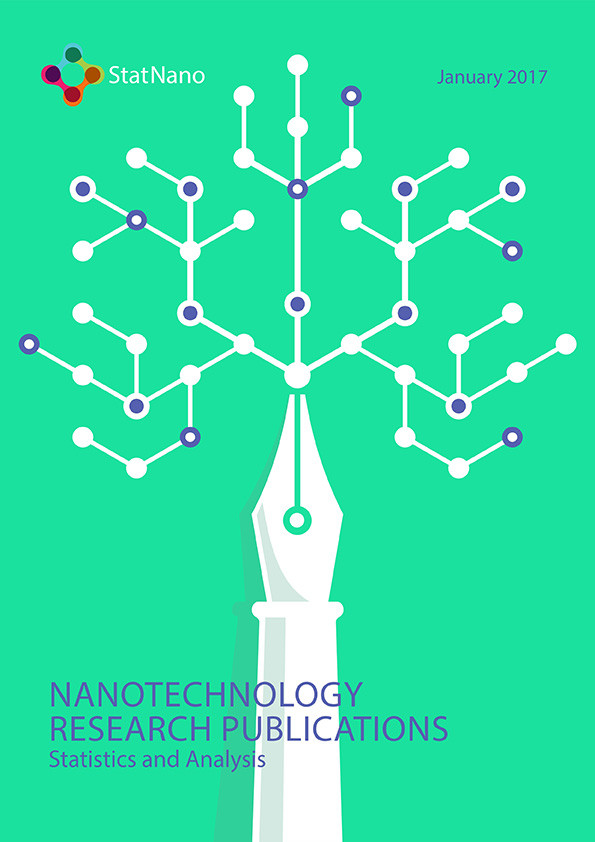Numerous statistical studies have been carried out on nanotechnology scientific articles in the recent years. ISI Web of Knowledge has been the reference of the majority of the studies as the largest and most reliable database for articles. The use of short and simple keywords, studying the international, local and local situation of various countries, and the approaches of nanotechnology researches are among the characteristics of these studies. Articles are evaluable in quantitative and qualitative manners. The number and share of articles, number of articles per capita, number of articles based on GDP, and analysing articles according to a country, university or research centre, discipline, and journals are among the indicators for the quantitative evaluation of articles. The total number of citations, average citation per article, and h-index value are indicators to evaluate articles published by a person, organisation, or a country in a qualitative manner. Highly cited articles and hot papers can also be used in order to monitor hot subjects that attract many researchers. The percentage of collaboration between researchers and universities from various countries is an indicator to study the international cooperation in research and development. This study deals with publication of nano-articles in the past 15 years by using the well-known scientometrics indicators, and it statistically analyses the data in various subjects. Top countries and organisations have been studied and ranked in each indicator. In addition, nanotechnology status has been studied in various scientific disciplines and nanomaterials. Bibliometric studies by using a full search string is the tool to carry out this study, which not only includes the majority of nanomaterials and nanostructures, but also eliminates articles with the word “nano” that are not related to nanotechnology with an accurate approximation


